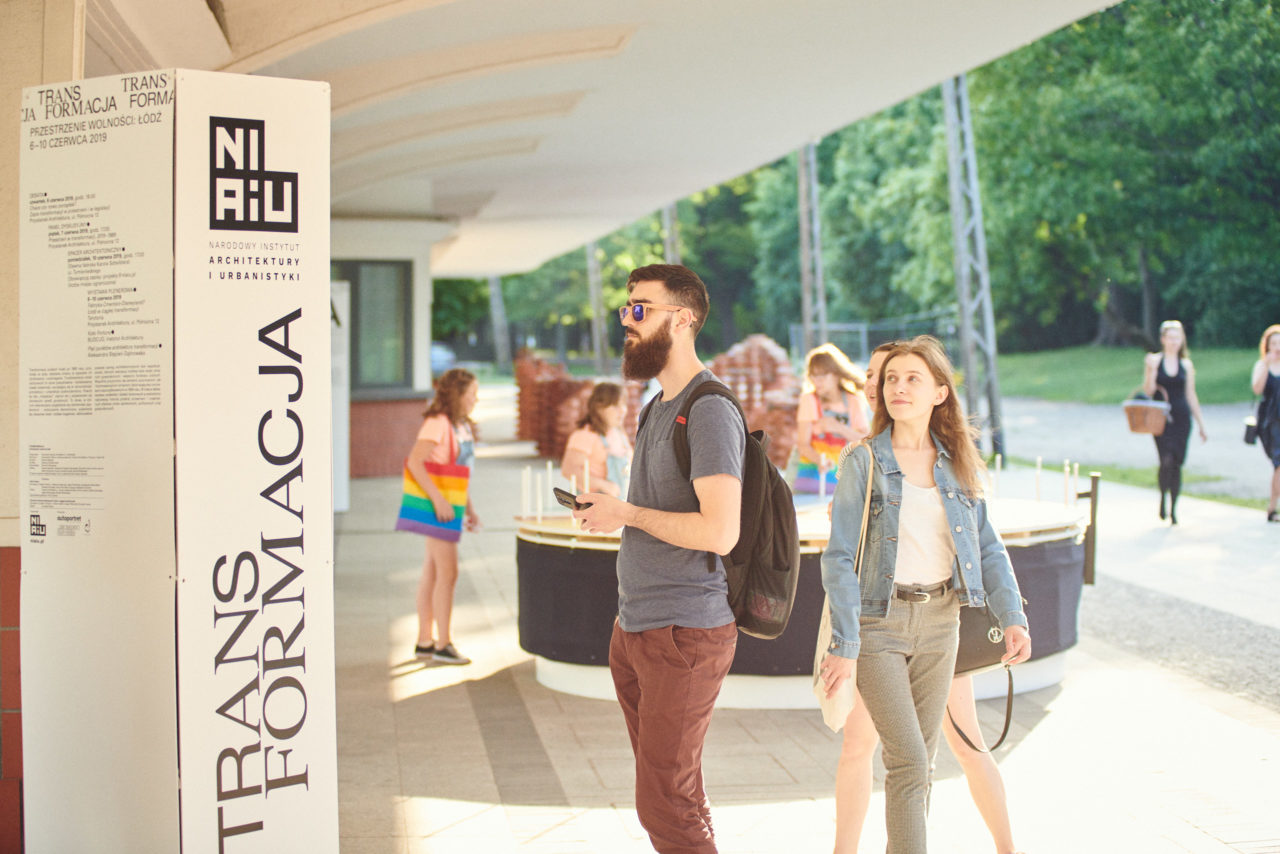Transformation. Spaces of Freedom

The year 1989 brought social, political and economic changes which were also materially reflected in the space we live in. The transformation that Polish towns and cities have undergone over the past three decades has triggered radical changes in the way they are being used, developed and also perceived.
The thirty years of the change of political and social system mark a period of searching for and shaping a new identity, as reflected in the richness and the diversity of forms and trends of postmodern architecture. With the free market, the way of practising architecture—previously associated mainly with large state commissions and studios—changed. In urban planning, contradictory phenomena have emerged at the same time—from a return to the idea of “urbanity”, understood as a restoration of block development principle, through the appearance of the first gated communities, to urban sprawl and legal changes in spatial planning, which have left a permanent mark on the structure of cities, towns and villages. New players appeared on the real estate market—private investors, national and foreign developers, but also Subsidised Housing Associations.
The political transformation also introduced entirely new architectural typologies and functions to the Polish space. In the 1990s, shopping malls, car showrooms, fast-food outlets and a number of elegant headquarters of financial institutions appeared in Polish cities for the first time. Poland’s accession to the European Union was followed by a period of increased investment in sports and leisure centres, large hotels and water parks. The influx of EU funds allowed for the construction of an infrastructure of local and all-Polish cultural institutions which produced many iconic, award-winning productions. Leisure time has been commodified and its architectural setting is a rich collection of forms and elements which reveal the story of the changes that have taken place in Polish society over the last thirty years.
Abandoned sports infrastructure built back in the communist era is yet another protagonist of this story. One such outstanding example is ‘Warszawianka’ sports complex in the Mokotów district of Warsaw. The past three decades have also witnessed a deepening of social inequalities—economic exclusion, the emergence of areas of poverty as well as enclaves of wealth. Smaller towns are facing deindustrialisation, the flight of residents to larger centres, and the problem of an ageing population. At the same time, large cities are beginning to discuss gentrification, real estate speculation and disputes over re-privatisation. Historic and recognisable centres are confronted with the ‘Disneylandisation’ of space in the historic city spaces and with the influx of tourists, after effects of which can be problematic, too.
As part of the “Transformation. Spaces of Freedom” programme, the National Institute of Architecture and Urban Planning is looking at both positive and controversial changes in the Polish space that are linked to the socio-economic changes which had begun in 1989. Analysing and discussing these processes will allow for a better understanding of the interrelated phenomena in economy and architecture. By looking at the buildings of this period, we will recognise the most valuable examples and discover their architectural and historic value. Understanding the processes that have been taking place in Poland over the last thirty years is essential for an in-depth discussion about the contemporary identity of our cities. As a recent report by the Polish Academy of Sciences indicates, spatial chaos in Poland costs us 84.3 billion zlotys per year, which is largely the effect of the neglect of recent decades. Analysing and drawing conclusions from the past experience will give us the tools to better plan for the future.